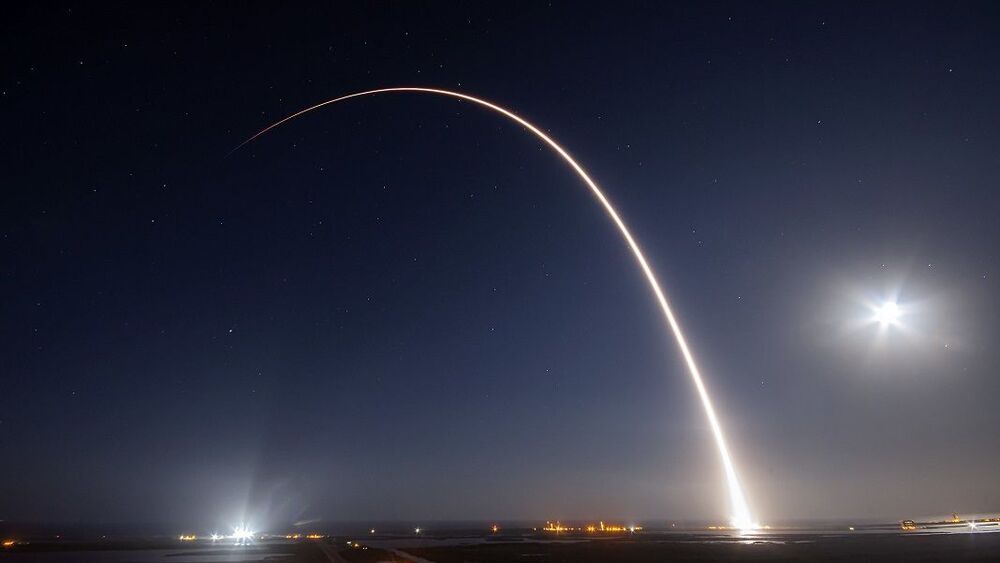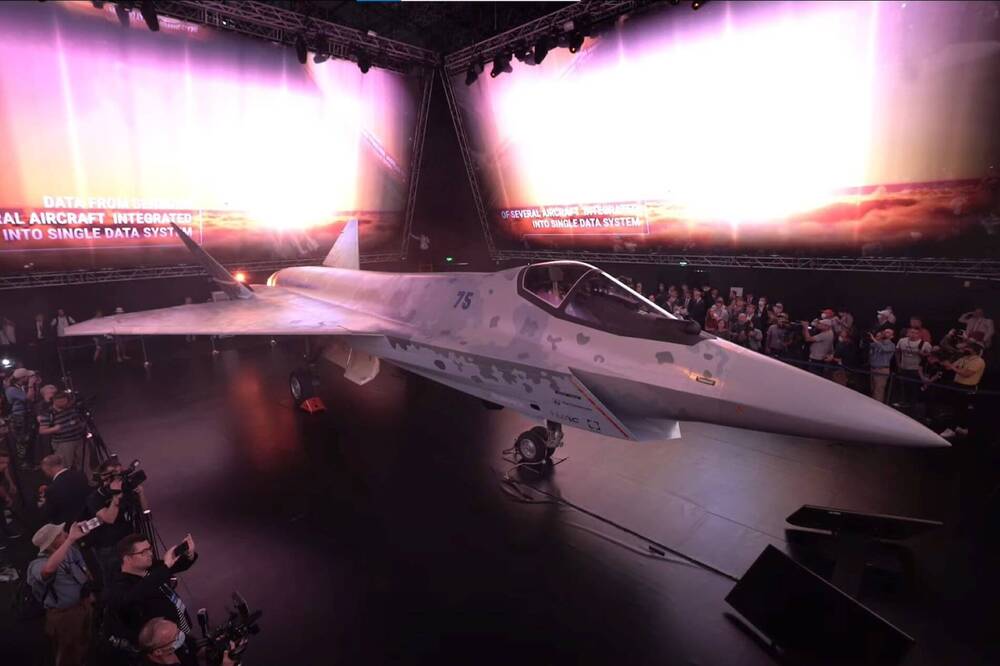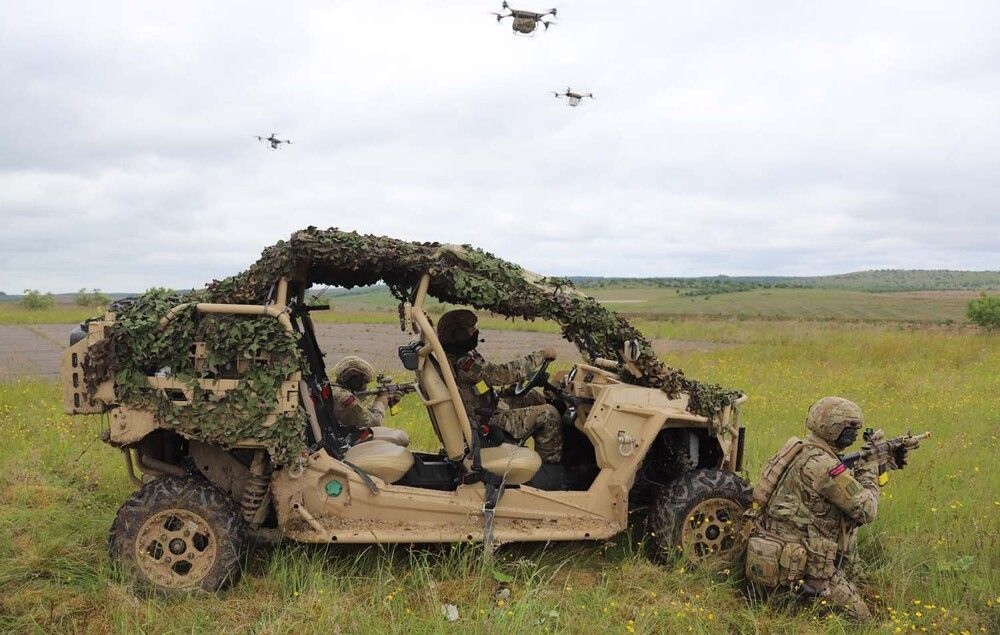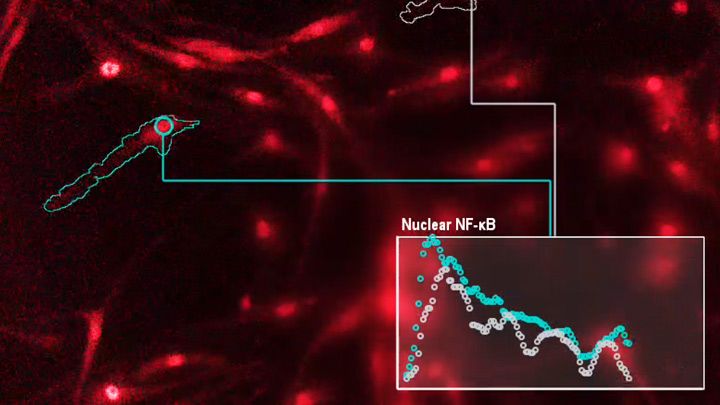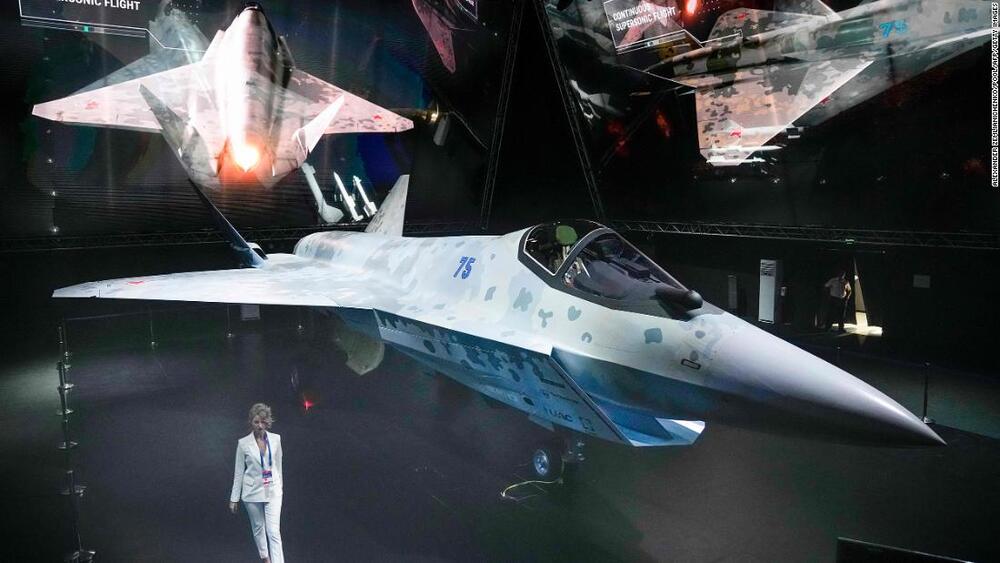What do you think?
The idea of using spaceships to travel from one point on the Earth’s surface to another has been around since at least the 1960s, but the cost and complexity of the idea have meant it’s been little more than a pipe dream.
In principle, the approach isn’t that different from the one used by intercontinental ballistic missiles. A rocket is used to blast the payload, be it a nuclear weapon or a passenger spaceship, on a big looping trajectory into space before re-entering the atmosphere on the other side of the planet.
The approach could make it possible to travel between continents in under an hour, and now Japan has outlined its vision for how to make the idea a reality. In a roadmap unveiled at an expert panel earlier this month, its science ministry put forward a two-phase plan it predicts could support a 5 trillion yen ($46 billion) market for spaceships departing from and arriving in Japan.
